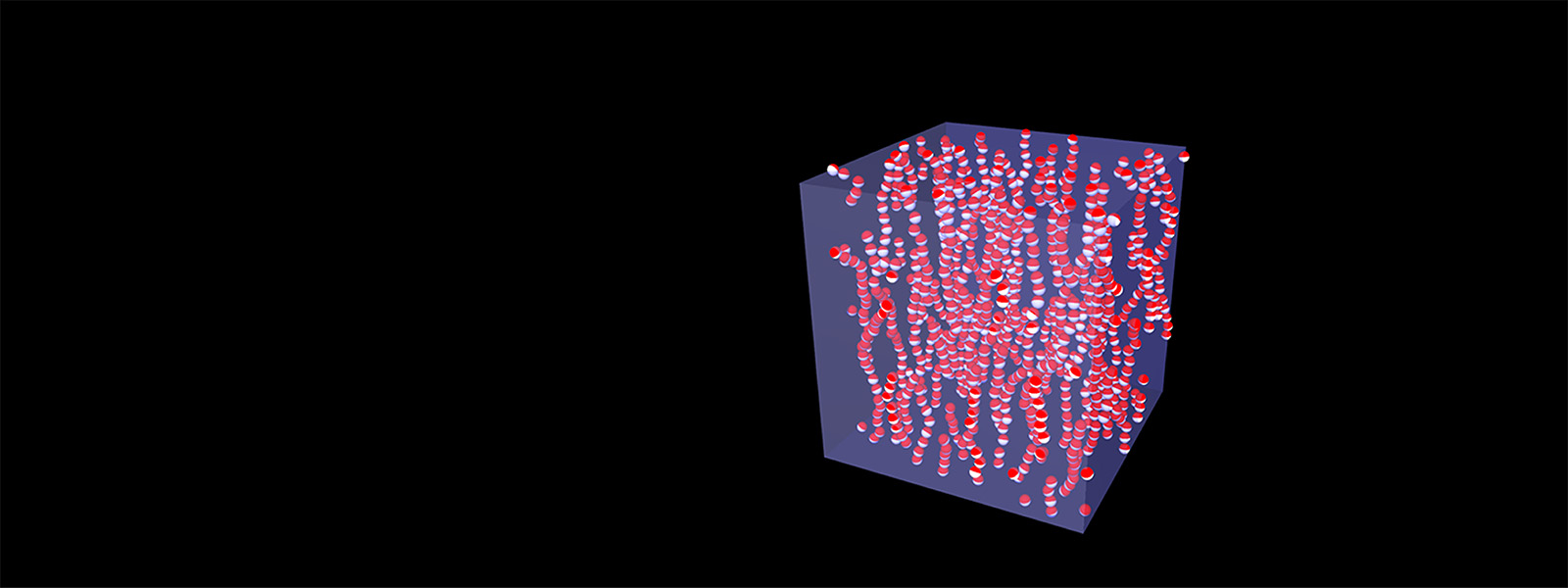The response of biocompatible magnetic nanoparticles to time-varying magnetic fields forms the basis of exciting biomedical applications, such as nanoscale magnetic thermal therapy (magnetic hyperthermia), magnetic particle imaging, relaxometric sensing, and magnetically-triggered drug release. In all these applications, understanding the coupling between magnetic, hydrodynamic, thermal, and magnetocrystalline torques on the magnetic nanoparticle dipoles is vital to predict the performance of magnetic nanoparticles. Our group has made fundamental contributions to understanding these phenomena through a combination of theoretical, simulation, and experimental approaches. Modeling of rotational Brownian relaxation and internal dipole rotation in the nanoparticles has led to understanding of the effect of non-linear magnetization on heat dissipation rates and understanding of the role of relaxation time and relaxation mechanism on magnetic particle imaging signal strength and resolution. This understanding is enabling realization of the theranostic potential of magnetic nanoparticles in magnetic particle imaging and hyperthermia applications.
Related Publications:
- Zhiyuan ZhaoG and Carlos Rinaldi, “Computational predictions of enhanced magnetic particle imaging performance by magnetic nanoparticle chains.” Physics in Medicine and Biology, 65:185013, 2020. [https://doi.org/10.1088/1361-6560/ab95dd]
- Zhiyuan ZhaoG, Nicolas Garraud, David Arnold, and Carlos Rinaldi, “Effects of particle diameter and magnetocrystalline anisotropy on magnetic relaxation and magnetic particle imaging performance of magnetic nanoparticles.” Physics in Medicine and Biology, 65(2):025014, 2020. [https://doi.org/10.1088/1361-6560/ab5b83]
- Nicolas Garraud, Rohan DhavalikarG, Mythreyi UnniG, Shehaab SavliwalaG, David P. Arnold, and Carlos Rinaldi, “Benchtop magnetic particle relaxometer for detection, characterization, and analysis of magnetic nanoparticles.” Physics in Medicine and Biology, 63:175016, 2018. [http://doi.org/10.1088/1361-6560/aad97d]
- Zhiyuan ZhaoG and Carlos Rinaldi, “Magnetization dynamics and energy dissipation of interacting magnetic nanoparticles in alternating magnetic fields with and without a static bias field.” The Journal of Physical Chemistry C, 122(36):21018-21030, 2018. [http://doi.org/10.1021/acs.jpcc.8b04071]
- Nicolas Garraud, Rohan DhavalikarG, Lorena Maldonado-CamargoG, David P. Arnold, and Carlos Rinaldi, “Design and Validation of Magnetic Particle Spectrometer for Characterization of Magnetic Nanoparticle Relaxation Dynamics.” AIP Advances, 7:056730, 2017. [http://doi.org/10.1063/1.4978003]
- Zhiyuan ZhaoG, Isaac Torres-DíazP, Camilo Velez, David Arnold, and Carlos Rinaldi, “Brownian Dynamics Simulations of Magnetic Nanoparticles in Strong Magnetic Field Gradients.” The Journal of Physical Chemistry C, 121(1):801-810, 2017. [http://doi.org/10.1021/acs.jpcc.6b09409]
- Rohan DhavalikarG and Carlos Rinaldi, “Theoretical Predictions for the Spatial Distribution of Magnetic Nanoparticle Heating in Magnetic Particle Imaging Field Gradients.” Journal of Magnetism and Magnetic Materials, 419:267-273, 2016. [http://doi.org/10.1016/j.jmmm.2016.06.038]
- Lorena P. Maldonado-CamargoG, Isaac Torres-DíazP, Maria E. Hernández, and Carlos Rinaldi, “Estimating the contribution of Brownian and Néel relaxation in a magnetic fluid through dynamic magnetic susceptibility measurements.” Journal of Magnetism and Magnetic Materials, 412:223-233,2016. [http://doi.org/10.1016/j.jmmm.2016.03.087]
- Rohan DhavalikarG, Lorena P. Maldonado-CamargoG, Daniel Hensley, Patrick S. Goodwill, Steven M. Conolly, and Carlos Rinaldi, “Finite magnetic relaxation in X-Space magnetic particle imaging: Comparison of measurements and ferrohydrodynamic modeling.” Journal of Physics D, 49(30):305002, 2016. [http://doi.org/10.1088/0022-3727/49/30/305002]
- Rohan DhavalikarG, Nicolas Garraud, and Carlos Rinaldi, “Ferrohydrodynamic modeling of magnetic nanoparticle harmonic spectra for magnetic particle imaging.” Journal of Applied Physics, 118:173906, 2015. [http://doi.org/10.1063/1.4935158, PMID: 26576063]
- Denisse Soto-AquinoG and Carlos Rinaldi, “Nonlinear energy dissipation in magnetic nanoparticle suspensions,” Journal of Magnetism and Magnetic Materials, 393:46-55,2015. [http://doi.org/10.1016/j.jmmm.2015.05.009]
- Isaac Torres-DíazP and Carlos Rinaldi, “Brownian dynamics simulations of magnetizable ellipsoidal particle suspensions.” Journal of Physics D: Applied Physics, 47:235003,2014. [http://doi.org/10.1088/0022-3727/47/23/235003]
- Rohan DhavalikarG and Carlos Rinaldi, “On the effect of finite magnetic relaxation on the magnetic particle imaging performance of magnetic nanoparticles.” Journal of Applied Physics, 115:074308,2014. [http://doi.org/10.1063/1.4866680]
- Jorge H. SánchezG, and Carlos Rinaldi, “Rotational Brownian dynamics simulations of suspensions of non-interacting magnetic ellipsoidal particles in d.c. and a.c. magnetic fields.” Journal of Magnetism and Magnetic Materials, 321(19): 2985-2991, October 2009. [http://doi.org/10.1016/j.jmmm.2009.04.066]

